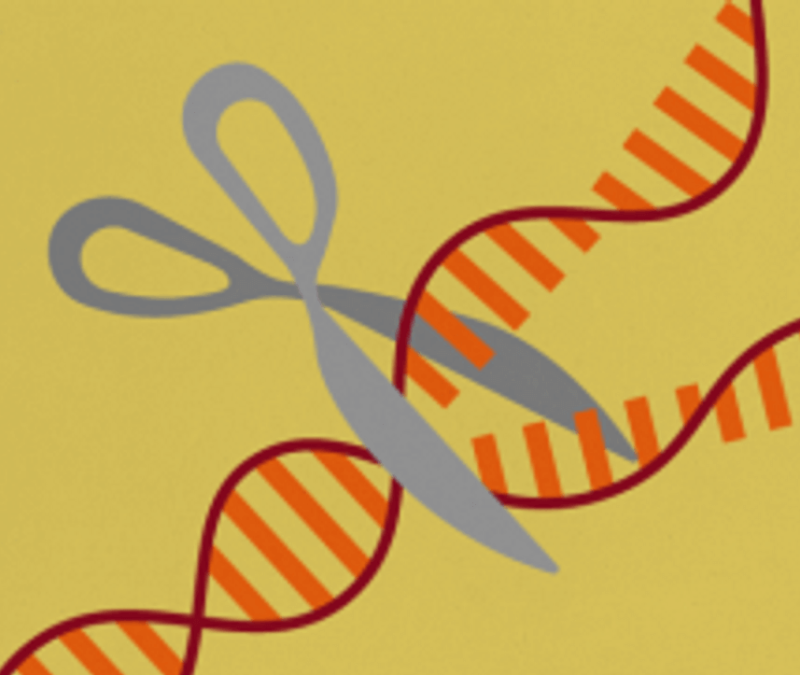Scientists are using “gene scissors” to cut off the code of a defective gene that results in progressively weaker muscles and death in Duchenne muscular dystrophy and replace it with a synthetic code they hope will one day restore healthy life to these patients.
“We want to use genetically corrected stem cells to replace the stem cell pool and make new muscles that function normally,” said Dr. Yaoliang Tang, cardiovascular researcher in the Vascular Biology Center at the Medical College of Georgia at Augusta University.
…
So the scientists are using technology called CRISPR-Cas9 to cut the problematic piece of the dystrophin gene out of muscle cells, and replace it with a synthetic code that enables normal dystrophin.
…
The fact that the cells that will ultimately be returned, started with the individual – or the mouse in the case of this basic science study – also reduces concerns that giving the cells will result in a severe immune system response, Tang said. Gene editing also is more efficient in pluripotent stem cells than mature cells, he added.
The GLP aggregated and excerpted this blog/article to reflect the diversity of news, opinion, and analysis. Read full, original post: Scientists replace piece of gene mutated in Duchenne muscular dystrophy in effort to make healthy































